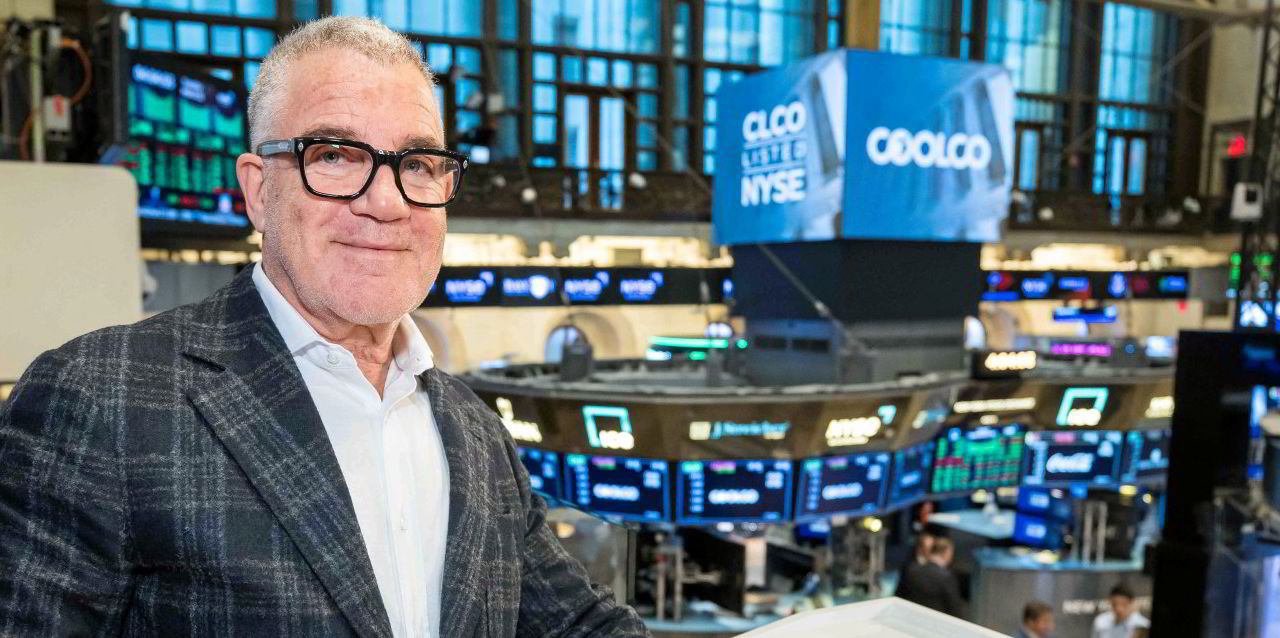Some 45% of all newbuilding orders placed in 2023 were for vessels that will be able to use alternative fuels, according to Clarksons Research.
Releasing its latest Green Technology Tracker, global head of Clarksons Research Steve Gordon said that in 2023 some 539 newbuilding orders involved alternative fuel capable vessels, equating to about 45% of all orders placed in gross tonnage terms.
The figure is down on the 55% of newbuildings contracted with alternative fuels in 2022, but up on the 31% figure for 2021.
Gordon said the largest share of alternative fuelled orders in 2023 remained LNG dual-fuel ships, with 220 orders, of which 152 were non-LNG carriers.
But he also flagged an increase to 125 orders of methanol dual-fuel vessels, 55 new orders involving LPG as a fuel and, more recently, four with ammonia.
“Reflecting future ‘optionality’, there are 579 in fleet and newbuilds that have LNG ‘ready’ status, 322 that are ammonia ‘ready’ and 272 that are methanol ‘ready’,” he said.
Gordon said the uptake has spread across sectors, with 83% of container ship newbuilding capacity ordered this year — rising to 94% including orders with “ready” status — and 79% of car carriers, or 98% including “ready” orders, contracted with alternative fuel capability.
But he said the share of alternative fuelled orders was much lower in the bulk carrier and tanker sectors.
“Overall today, 6% of global fleet capacity is alternative fuel capable — up from 2.3% in 2017 — which we project will increase to nearly a quarter of all fleet capacity by the end of the decade,” he said.
Gordon described 2023 as “a hugely significant year in the shipping industry’s decarbonisation pathway”.
He highlighted new regulations entering into force and a net zero commitment agreed on at the International Maritime Organization.
- 37.4% of tonnage is set to use LNG (916 units)
- 8.3% to use methanol (203 units)
- 1.7% to use LPG (84 units)
- About 3.3% due to use other alternative fuels (379 units), including hydrogen (eight), ethane (43), biofuels (10) and battery/hybrid propulsion ( about 310)
“While we remain only at the start of a vital and unprecedented fleet renewal investment programme, a start has been made with 49% of current orderbook tonnage now alternative-fuelled.”
Gordon also highlighted other developments such as “eco” vessels now constituting 32% of global tonnage on the water.
He said these comprise 50% of the VLCC and capesize sectors.
Gordon also mentioned the continued expansion of innovative energy-saving technologies (ESTs).
He said 7,295 vessels have significant ESTs, including 47 with wind propulsion.
“Our tracker also includes 31 in fleet vessels — plus 22 newbuilds — testing onboard carbon capture technology,” he added.
Gordon said the global fleet is ageing, at 12.6 years, up from 9.7 years a decade ago.
Clarksons Research data shows that for the bulker fleet, the average age is 12 years; for tankers 12.9 years; and for container ships 14.2 years. Today, 32% of global tonnage is more than 15 years old.
Tracking of vessel performance under the Carbon Intensity Indicator (CII) in 2023 suggests that more than 30% of tonnage will be D or E-rated, so continued investment in the existing fleet will be critical, the research team said.
“We estimated that under CII, around 45% of today’s tanker, bulk carrier and container fleets will be D or E-rated if they are still trading in 2026 and have not modified speed or specification.”






